When you plan to move into a new place or decide to get rid of old mattresses, you will possibly buy a new mattress. Now, you might be excited to try the new bed and want to sleep well, after all it is a new one. However, after sleeping on it, you may notice that you are not getting good sleep.
This incident occurs to almost many of us, making us wonder if it is normal to not sleep well on a new mattress. Yes, it is natural to not get the essential comfort when you sleep on a new bed. Many times, it is relatively normal to even feel discomfort after you sleep on a new mattress. It happens as your body needs some time to adapt itself to the new bed.
If you would like to have a look at different types of mattresses, it is best to check out smartmattressbuy.com. Here, you can gain more knowledge related to various mattresses, bed sizes, different sleeping styles, and many more.
How Long Does It Take To Sleep Well And Get Adjusted To New Mattresses?
Opposite to the claims of mattress and bedding stores, new mattresses might be uncomfortable for some weeks until they have had enough period to acclimatize and loosen up the new substances. A lot of brands are not willing to share this information with the buyers. This also explains why several bedding shops provide a 30-day or longer sleep trial.
Now, you might be wondering how long it will take to get adjusted to the new mattress. There is no accurate answer as it depends on the material used to make the mattress. In addition to that, other factors also affect your break in time, for instance, your previous mattress model, your sleeping lifestyle, and more. Here we will look at the primary types of mattresses and how long you might need to sleep well on them.
1. Innerspring
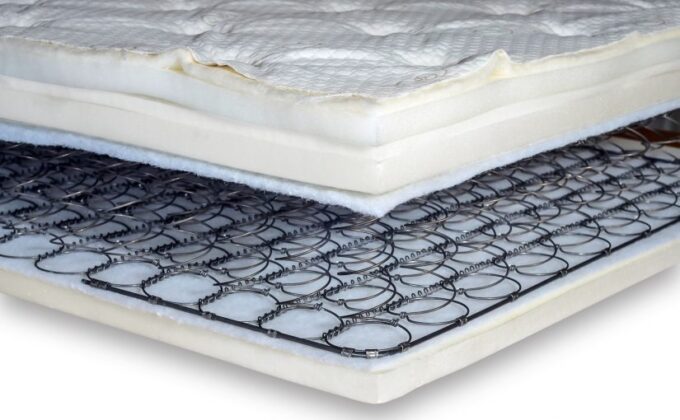
Source: lahospitalbeds.com
You will need only a little time to get adjusted to the innerspring beds. The springs adjust to your weight in a natural way, and the top portion of the pillow above them is not excessively thick or stiff. It is possible that you might discover comfort right after you sleep on it, but it also needs up to a maximum of four weeks. You have to remember that the springs in these mattresses decay faster than the high-density memory foam. As a result, it is best to rotate the mattress once in three to six months from head to foot.
2. Latex
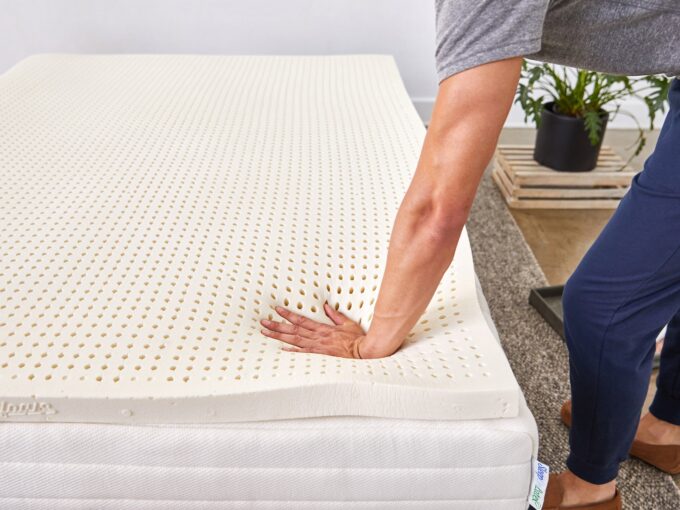
Source: sleeponlatex.com
Latex beds have a number of different time periods. The total time to get adjusted might vary because of a few factors, such as the material used (synthetic or natural latex) and if it is hybrid or pure latex. In general, these beds have a lot of air in them, which makes them break in more promptly. Within two to fourteen days, you can be comfortable with the fully broken-in latex beds.
3. Memory Foam
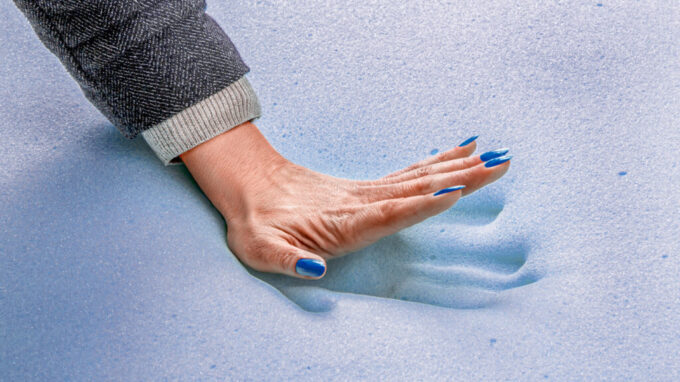
Source: medicalnewstoday.com
Low-density memory foam might seem similar to a comfy cloud right after you sleep in it. However, after some months, you may get the sensation of sinking into a gap. Higher-density mattresses might need a little longer time for you to get comfortable, but they will last far longer. If the density is higher, the time needed to break in the memory foam bed will be prolonged. Approximately, it may take anywhere up to sixty days.
Best Tips That Can Make You Comfortable On New Mattress
Here are some effective tips which will help you get adjusted to the new mattress with ease:
-
Allow the Mattress to Ventilate
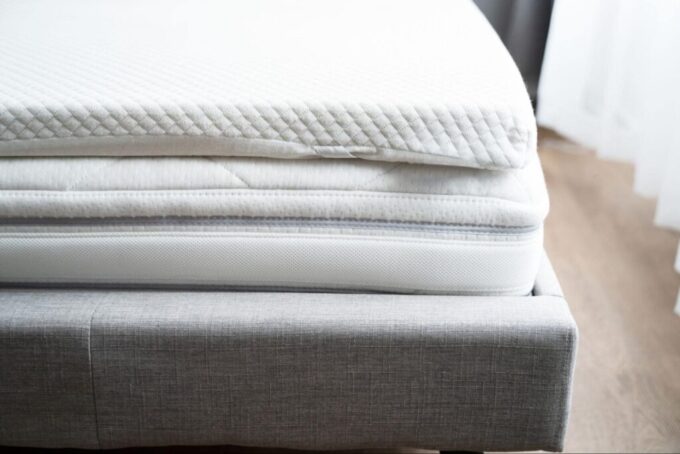
Source: nectarsleep.com
You might be captivated to fall into the mattress right away after receiving the new bed. However, letting it breathe for some hours can allow oxygen to infiltrate the new substances, making them more flexible. It will be beneficial to air it out faster if you unlock a window or switch on a fan.
-
Increase the temperature
Right before night, raise the thermostat a couple of degrees, which can loosen up the mattresses’ layers, making it more pleasant throughout the adjustment period. It is particularly beneficial for memory foam beds.
-
Utilize a Stable Foundation
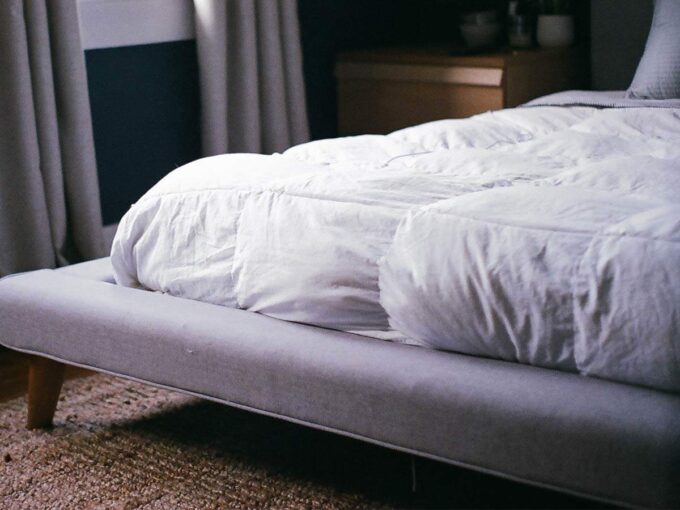
Source: timesofindia.indiatimes.com
It’s critical to make sure you are utilizing the right foundation for the new mattress. If you do not use adequate support, it can feel more uneasy, resulting in inappropriate adjustment, and accelerates wear and tear. In order to determine which sort of support is ideal for your individual mattress type, consult the brand or chat with a mattress store assistant.
-
Put on some weight
If the break in duration is longer than 30 days, you can put in some light strength on the mattress while you are not sleeping on it. If you want, it is best to place cartons or tiny furniture on top.
-
Make use of your body

Source: viva.co.nz
Professionals recommend that you move around on top of latex or memory foam mattresses to relax the materials and help them adhere to your body. They suggest crawling on top of spring-loaded mattresses to avoid wrecking the springs. It is alright to roll around on it as well, but do not jump.
-
Invest your time
Putting forth the effort can help you get comfortable with the new bed. It indicates that you have to sleep on the bed every night, even if it feels slightly uncomfortable. In short, laying on the bed for most of the time will help you get comfortable within a short period of time. the more you lay on, the better.
Bottom Line
To conclude this post, it is clear that it is definitely normal to not sleep well on a newly bought mattress. There are plenty of reasons for it, and the primary reason is that your body needs some time to get adapted to the new bed. However, if it seems like you are not getting good sleep even after sleeping on it for a few months, it is best to return the mattress and acquire a new model.







